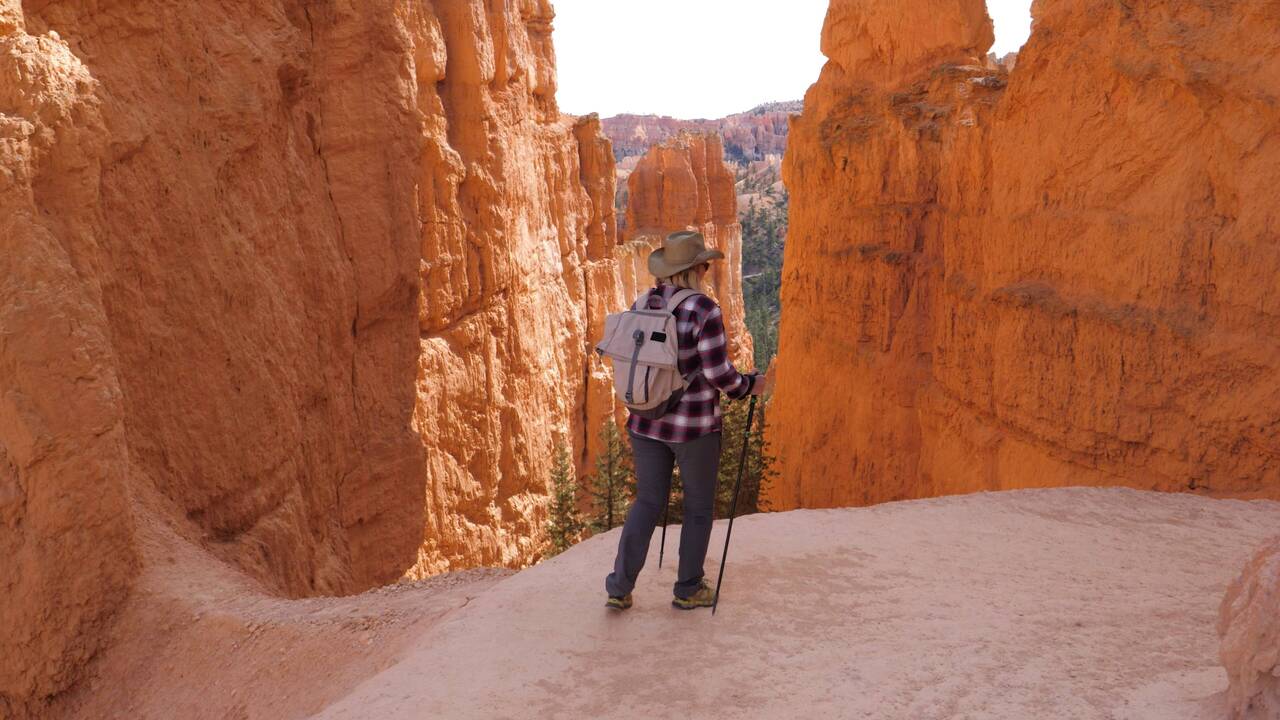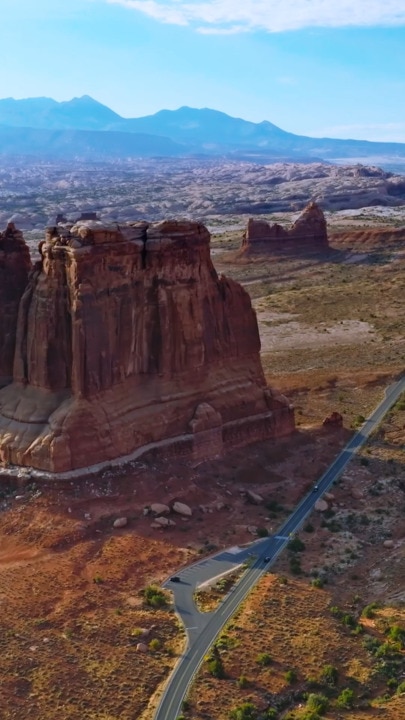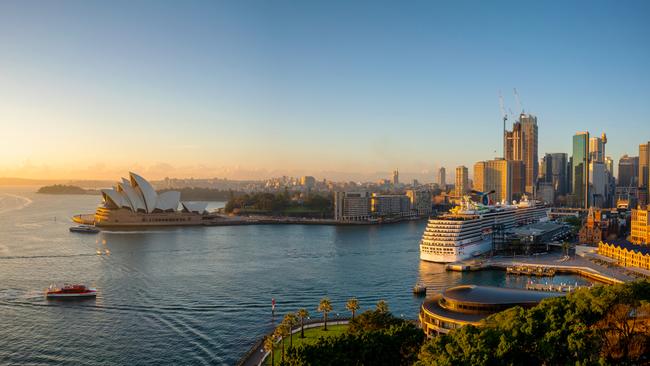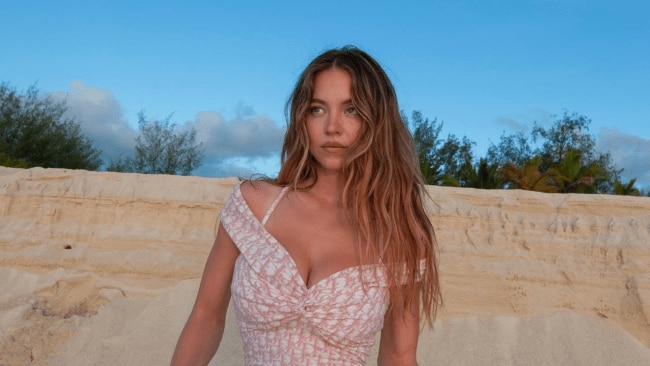What’s the easiest way to do a gorilla trek?
A gorilla trek in Uganda or Rwanda is on many people's bucket lists, but how physically fit do you need to be before embarking on the journey?

Lifestyle
Don't miss out on the headlines from Lifestyle. Followed categories will be added to My News.
Escape's Doc Holiday, Dilvin Yasa, answers your travel-related questions.
My girlfriend and I (both in our 60s) would like to travel to Rwanda and/or Uganda to see the chimpanzees and gorillas. I’m quite fit, but she isn’t. How will we fare?
How exciting. I travelled to Uganda some years ago and one of my biggest travel regrets is not tacking on a few extra days to see the gorillas while I was in town with UNHCR for Australia.

I can appreciate your concerns about whether your girlfriend will be fit enough for a gorilla trek, but there are ways to make the experience a little easier on you both.
In Rwanda, gorilla trekking takes place mainly in Volcanoes National Park, while in Uganda you can see them in Bwindi Impenetrable National Park as well as Mgahinga Gorilla National Park. Both countries are spectacular, of course, but it’s helpful to know that gorilla treks in Rwanda are considered to be a little easier than those in Uganda where the terrain tends to be steeper, muddier and the forest more dense (the name “Impenetrable National Park” says it all).
It isn’t only about the landscape. In Rwanda, gorilla family groups can be found within a couple of hours of the trailhead so there’s often little need for a day-long schlep. Volcanoes National Park’s Sabyinyo gorilla family, for example, is easily accessible, while the Hirwa and Kwitonda families aren’t too far away.

Provided you stick with the accessible groups, the only real issue is the cost. A gorilla permit will set you back $US800 (around $1240) per person, per day, in Uganda, while it’s $US1500 (about $2320) per person, per day, in Rwanda. With its shared costs, booking a tour is generally seen as a more cost-effective way of seeing the gorillas.
This isn’t to say I wouldn’t recommend Uganda for you and your girlfriend. Trekkers on gorilla hikes tend to be grouped according to age and ability, with those who are less fit assigned to gorilla families closer to the trailhead. The key is to express your concerns to the tour group or tour leader, who will then assign you the correct group of primates. You’ll have the option, too, to hire a porter or, if required, a sedan chair, and something to note is that many hikers find it easier to visit during the dry season (June to September) when you’re less likely to slip in the mud. You can buy your own permits but you’ll have to get in quick – they can sell out up to a year in advance.
Since you’re keen to see both chimpanzees and gorillas, you may be interested in a tour such as Nkuringo Safaris or Volcanoes Safaris, which offer all the primate experiences you can imagine.

I’ll be transiting through Los Angeles on my way to Canada for a holiday and I’m confused about the type of visa I will need. Please help.
Even though you’re merely transiting through the US on your way north, you’ll still need to apply for an ESTA (Electronic System for Travel Authorisation), which assists in determining eligibility to travel to the US under the country’s Visa Waiver Program.
You can do this by heading over to esta.cbp.dhs.gov, filling out the application (answering “yes” to the question “Is your travel to the US occurring in transit to another country?”) and paying the $US21 (around $32) fee.
Approval can take up to 72 hours so it’s best to apply for this long before departing Australia.

We’re flying to Sydney to embark on a cruise. We’ll be there for a couple of days, so will I need to buy both a domestic and an international travel insurance policy? I have a pre-existing condition.
There’s no need to buy two policies; an international travel insurance policy with a cruise pack add-on will cover your travels. “In this situation, the international policy would cover your domestic flight, however you would need to list both Australia and New Zealand on your policy,” says Natalie Ball of Compare Travel Insurance. “Any destinations on your cruise itinerary should also be listed unless they are stopovers of less than 24 hours in duration.”
Some insurance providers, such as NIB Travel Insurance, include cruising automatically (as well as more than 40 pre-existing conditions), while others (Allianz, for example), will ask you to buy an additional cruise add-on.
As you have a pre-existing condition, you’ll need to ensure the provider you opt for will cover you for this, and I always recommend buying a policy that includes medical evacuation – particularly if you have a history of illness. If in doubt, contact the insurer to discuss your needs and remember to always ask for confirmation (outside of anything you can easily find in your product disclosure statement) in writing.
Need help?
Doc Holiday is on duty to answer your travel questions. Email docholiday@news.com.au. Personal replies are unfortunately not possible.
Originally published as What’s the easiest way to do a gorilla trek?





